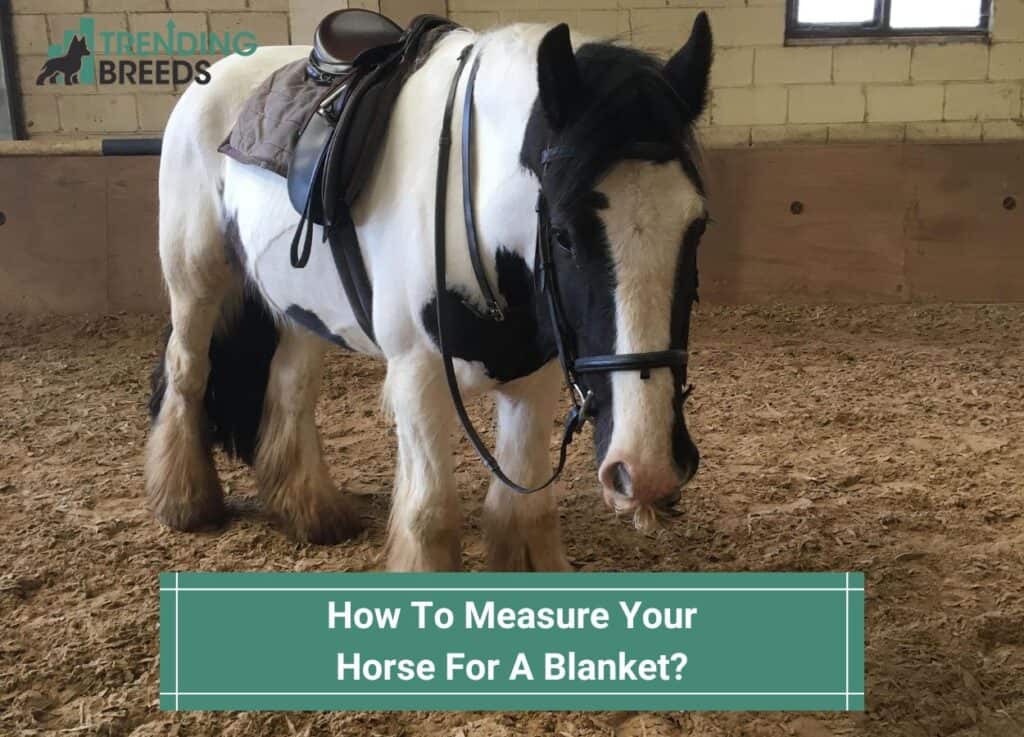
If you reside in an area requiring a coat to stay warm during winter outdoor activities, consider getting a blanket for your equine companion. So, how to measure your horse for a blanket?
There are several variables to consider while determining if your horse requires a blanket, such as their breed, coat length, and thickness.
With these things, you should also measure the height and width of the blanket correctly so it fits your horse and keeps it warm and cozy.
Let us familiarize you with horse blankets and learn to measure your horse for the right fit.
Before you scroll further down this guide, check out these other horse-related articles: Best Horse Rescues in South Carolina and Best Horse Rescues in Oregon.
Table of Contents
Do You Require A Horse Blanket?
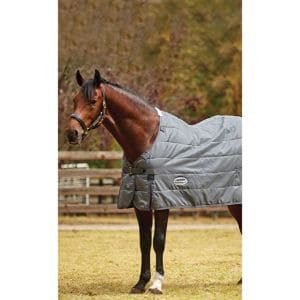
The primary function of a horse blanket is to provide warmth and comfort for your equine companion during the colder seasons.
While not mandatory for horse ownership, the necessity of a blanket is debatable among many.
Typically, a clipped horse can benefit from a lightweight blanket when the temperature drops below 50℉, whereas an unclipped horse can usually endure the cold until temperatures reach freezing point.
If your horse exhibits shivering behavior during the colder months, equipping them with a horse blanket is a suitable solution.
However, since some horses may only display subtle shivering, examining their extremities is advisable to gauge their body temperature.
Additionally, if you notice cold ears or a cold muzzle, it’s a sign that your horse may require an extra layer of warmth.
What Are The Different Types Of Horse Blankets?
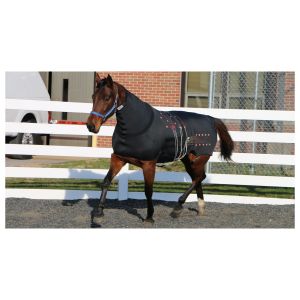
Horse blankets come in varying weights, including lightweight, medium-weight, and heavy-weight options, which link with the amount of fill per square inch for warmth.
Additionally, sheets protect from the elements without any lining for warmth. Horse blankets have two types:
Stable Blankets
These fitted blankets are for indoor use, such as inside a stall, stable, or barn. They are available in multiple weights, providing comfort at different temperatures, and are generally not waterproof.
Turnout Blankets
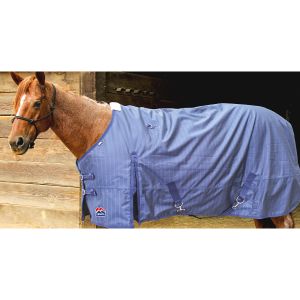
Durable and waterproof, these blankets offer protection from the elements. In addition, they come in different weights and are less fitted than stable blankets, allowing for greater freedom of movement.
Why Is The Fit Of The Blanket So Important?
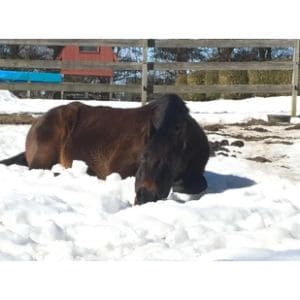
Like other horse equipment, ensuring a proper fit for horse blankets is crucial for comfort and safety.
If the blanket is too tight, it may cause discomfort for your horse, and the buckles may rub and create chafing. On the other hand, if the blanket is too loose, it could slip and result in discomfort or even injury.
How Can You Measure The Fit?
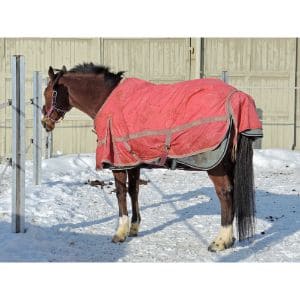
To ensure you select a horse blanket that fits your horse correctly, measuring your horse is crucial, as each horse has a unique shape. Here are the steps to take to choose the right-sized blanket for your horse:
- Determine where you want the blanket to end at your horse’s rear. Do you prefer the blanket or sheet to stop just short of the tail, or do you want it long enough to cover the top of the horse’s tail in a “tent”? There are various options for style, depending on your preference.
- Position your horse on level ground and ensure they are standing squarely.
- Start measuring from the center of your horse’s chest, where the base of the neck meets the chest. Then, follow across the point of the shoulder and along the horse’s side to the center of the tail.
It’s beneficial to have a second person’s assistance, although it’s possible to do it alone by taking two measurements:
- Start at the chest and go as far down your horse’s side as possible.
- Mark the stopping point with your thumb and note the measurement.
- Measure from where you want the blanket to end, and add the two sizes together to determine the total length.
How Should You Use A Horse Blanket?
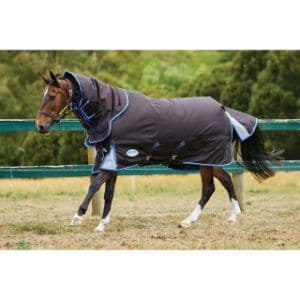
Place the blanket or sheet on your horse’s withers, then move towards the back.
First, fasten the closures at the front on the chest, then the surcingles, and finally, the leg or tail straps.
This fastening order will help ensure that you don’t miss any straps and that there won’t be any issues if your horse flicks when it’s time to remove the blanket.
Then, reverse the order, starting at the rear and moving towards the front of your horse.
Best Horse Blankets You Can Use
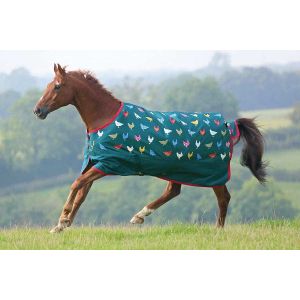
Weatherbeeta ComFiTec Premier Free Turnout Blanket
This blanket is waterproof and breathable and features a 1200 denier triple weave outer shell with a 360g polyfill for warmth. It also has a memory foam wither relief pad for added comfort.
Rambo Original Turnout Blanket
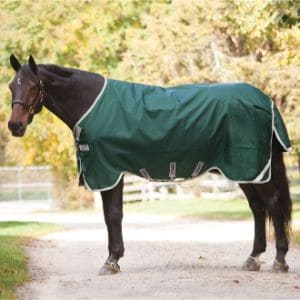
This popular blanket is known for its durability and waterproofing. It features a 1000 denier ballistic nylon outer shell, with a 200g thermo-bonded fiberfill for warmth.
Horseware Ireland Amigo Bravo 12 Turnout Lite
This lightweight blanket is perfect for milder weather, with a 1200 denier polyester outer shell and no fill. It also has a patented front leg arch for added freedom of movement.
Kensington Platinum SureFit Protective Fly Sheet
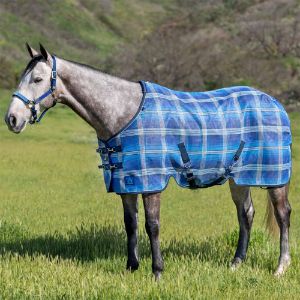
This fly sheet offers protection from bugs and UV rays, with a 1000 denier Textilene mesh outer shell. It also has SureFit technology to ensure a proper fit and a detachable neckpiece.
Shires Tempest Original Lite Turnout
This affordable blanket is great for milder weather, with a 600 denier ripstop outer shell and no fill. It also has adjustable cross surcingles and leg straps for a secure fit.
FAQs About Horse Blankets
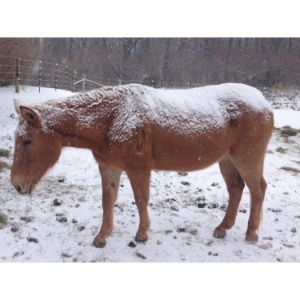
What size horse does a 72-inch blanket fit?
A horse blanket size is not determined solely by the horse’s height but also by its body length, shape, and overall build.
However, as a rough guideline, a 72-inch blanket would typically fit a horse with a height of approximately 60-62 inches and a medium build.
It’s always best to measure your horse to ensure the proper fit of a blanket. To measure for a blanket, you’ll need to measure from the center of the horse’s chest to the point of the buttocks and then subtract 4 inches.
This measurement will give you an estimate of the blanket size your horse needs.
Is it better for a horse blanket to be too big or too small?
Ideally, a horse blanket should fit properly, meaning it should not be too big or too small.
A properly fitting blanket will give your horse the necessary warmth and protection while allowing for comfortable movement and preventing rubs or chafing.
If a blanket is too small, it will pressure the horse’s shoulders, chest, or hindquarters, causing discomfort and limiting mobility.
It can also create pressure points that can lead to rubs and sores. Additionally, a small blanket will not provide adequate coverage, exposing your horse to the elements.
On the other hand, a blanket that is too big can slip and shift, causing irritation, rubbing, or even potential accidents.
It can also allow cold air to circulate on your horse, reducing the effectiveness of the blanket and leaving your horse feeling chilly.
Therefore, measuring your horse is essential to choosing a blanket that fits well. If you’re uncertain about sizing, it’s
How do you measure a horse blanket without a tag?
If your horse blanket doesn’t have a tag with sizing information, you can measure it yourself to determine its size. Here are the steps to follow:
- Lay the blanket flat on a clean, level surface.
- Measure the blanket length from the chest’s center to the tail flap’s edge. This measurement will give you the overall size of the blanket.
- Measure the drop of the blanket by measuring from the center of the spine down to the bottom edge of the blanket. This measurement will give you the depth of the blanket.
- Measure the width of the blanket by measuring from the center of the chest to the edge of the hindquarters on one side of the veil. Double this measurement to get the total width of the blanket.
Once you have these measurements, you can compare them to the sizing chart provided by the blanket manufacturer to determine the appropriate size for your horse.
If the blanket is between sizes, it’s usually better to choose the larger size, as a slightly oversized blanket is generally better than a too-tight one.
Should I size up or down for a horse blanket?
When choosing a horse blanket, selecting the appropriate size is essential to ensure that the blanket fits appropriately and provides the necessary protection and warmth.
Generally, it’s better to size up rather than down when choosing a horse blanket.
If a blanket is too small, it will pressure the horse’s shoulders, chest, or hindquarters, causing discomfort and limiting mobility.
It can also create pressure points that can lead to rubs and sores. Additionally, a small blanket will not provide adequate coverage, exposing your horse to the elements.
On the other hand, if a blanket is too big, it can shift and move around, causing discomfort and even posing a safety risk if it slips off the horse.
However, if you need more clarification about the size, it’s better to choose a slightly larger blanket and adjust it accordingly than to choose one that is too small.
It’s always best to measure your horse carefully and refer to the manufacturer’s sizing chart to ensure you select the appropriate size for your horse’s body type and build.
If you need clarification on the sizing, it is best to consult with a knowledgeable professional for advice.
How loose should a horse blanket be?
A horse blanket should fit snugly but not be too tight. The blanket should be loose enough to allow your horse to move freely and comfortably but not so loose that it slips or rubs.
Here are some guidelines to help you ensure that your horse’s blanket fits appropriately:
- The blanket should cover your horse’s entire body from the chest to the tail without dragging it on the ground.
- The blanket should sit evenly across your horse’s back, with the neck opening comfortably positioned.
- The blanket should be snug around the neck and shoulders but not too tight, allowing room for your horse to move and breathe freely.
- The blanket should not be too tight around the belly or hindquarters, which can cause discomfort and restrict movement.
- The blanket should not slip or shift around on your horse’s body, which can cause rubbing or accidents.
It’s essential to regularly check the fit of your horse’s blanket, as horses can change shape and size over time, especially if they gain or lose weight or muscle.
If you notice any signs of discomfort or rubbing, it’s essential to adjust the blanket or seek professional advice to ensure that your horse is comfortable and safe.
How To Measure Your Horse For A Blanket?

A horse blanket is an optional but beneficial piece of equipment for providing warmth and comfort to horses during colder weather.
To determine whether your horse requires a blanket, consider factors such as breed, coat length, and thickness.
When selecting a blanket, choose between stable and turnout blankets based on the intended use. Ensuring that the blanket is the best for your horse is essential.
If you find this guide, “How To Measure Your Horse For A Blanket,” informative and helpful, you can check out these other horse-related articles from our team:
You can learn more about horses by watching “HOW TO CARE FOR A HORSE (Complete Guide)” down below:




